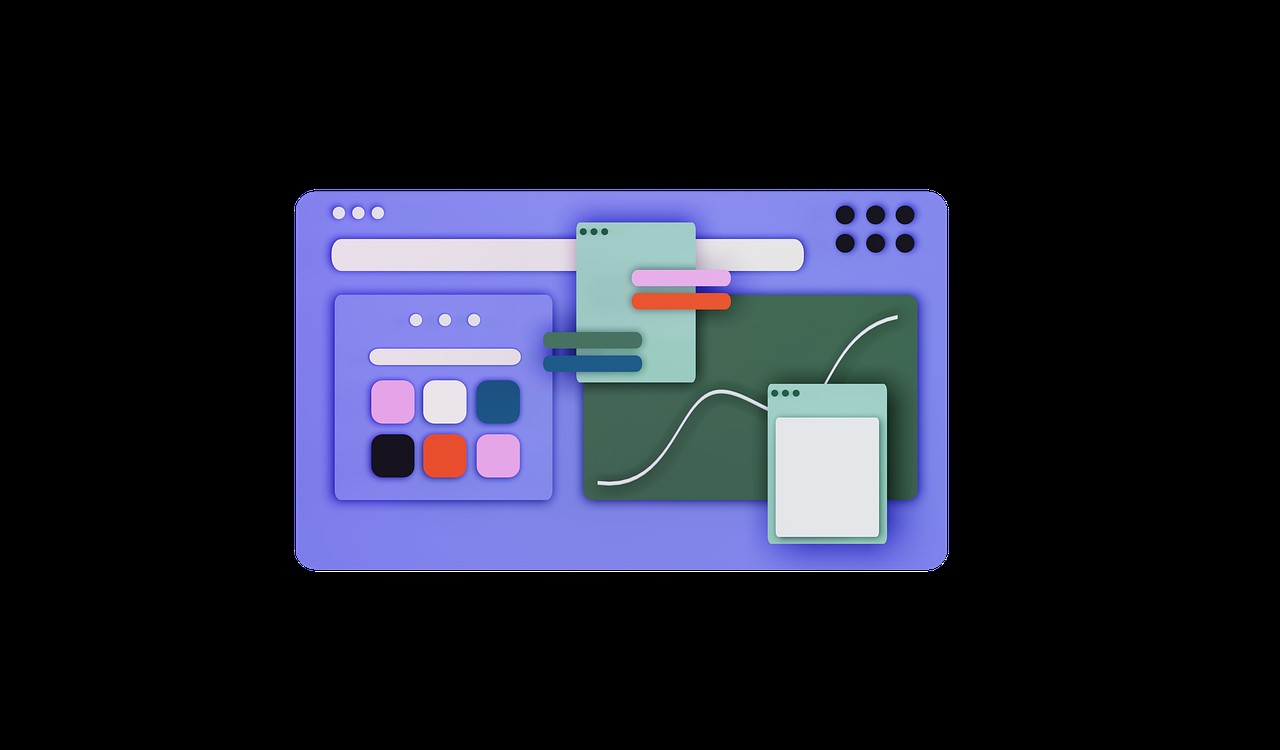The navigation layout of your website has a significant influence on conversions, sales, and bounce rates. If they can’t find what they’re looking for, visitors will leave. Instead, design clear, hierarchical website navigation that allows your visitors to quickly locate what they are looking for.
Your visitors will not be able to find your blog, your registration page by e-mail, product listings, price, contact information, or assistance documentation if your website lacks navigation. In a perfect world, every visitor would begin on your homepage and go through your website in the same order. This, however, is not the case. Visitors to a website can navigate all over the place.
Keep in mind that you want users to stay on your site and investigate deeper. Inspire interest and entice them with fantastic offers to give them reasons to click on links. You can take help from any digital agency to know more about a user-friendly website.
Here are some ways to organize your website navigation bar:
Predictability Is Good.
Predictability and design don’t usually go together, but when it comes to the design of your navigation bar, it’s absolutely a positive.
When people visit your website, you want them to discover your pages quickly. That makes perfect sense.
We recently rebuilt a client’s website and discovered that some of their old tabs were a little deceptive. The page listing their many offerings was headed ‘Experience.’ While this may make sense in some cases, services are usually listed under a ‘Services’ tab. Experience may refer to anything from a photo gallery of previous work to a statement of their experience.
Shorten Drop-Downs
The shorter the drop downs in your navigation bar, the better. Long dropdowns are a nuisance and a hindrance to a decent user experience. If they go below the fold of your website, they will either cut off information or force people to scroll to discover it.
Lay Off The Keywords.
Search engine optimization and keyword utilization are important, but not so much in your navigation bar. Most keywords just do not have enough area to be included without seeming uncomfortable and forced.
Users will have a terrible user experience if they are unable to discover certain pages due to imposed keywords. If there are instances where keywords make sense, by all means, use them but don’t get too hung up on it.
Pay Attention To Placement
Essentially, as humans, our brains prefer to focus on the first and last things we perceive.
Consider which sites are most significant to your visitors when determining which links to put in dropdowns or tabs in your navigation bar. This is why the contact page is usually the last one to load; it is crucial.
Make Hypertext Obvious
Allowing the design to restrict use is one of the most common problems. You have an issue if visitors can’t identify a hyperlink from the body copy.
The simplest method to distinguish hypertext is to make it stand out from every other element on the page, not only when the visitor rolls over the link. Change the color, underline it, or bold it. You can also turn your header navigation links into buttons if you like.
Streamline Your Navigation Bar
Many websites have either too many or too few links in their top navigation bar. Consider not only what you want users to accomplish on your site but also what visitors might desire.
For example, you may want to convert your visitors, but they may also want to learn more about your organization or ideology.
If your navigation menu begins to appear cluttered, consider properly arranging your site. Use a primary header, followed by a sub-menu with various links grouped beneath it.
There are so many agencies that provide amazing website design services that help you to get perfect user-friendly navigation bars.
FINAL-WORDS
One of the most ignored components of user experience and website design is website navigation. We frequently take it for granted. Instead of just copying other websites because they seem nice, consider what navigational aspects are most essential to your company and its audience. Include links that cater to both of your interests.
You know you want people to take advantage of your offers and buy your items, but your target audience may not be ready to do so. Navigational connections should provide consumers with more reasons to stay on your website. You should fine-tune your website navigation to provide your audience with the finest possible user experience.
Discover more from TechResider Submit AI Tool
Subscribe to get the latest posts sent to your email.
